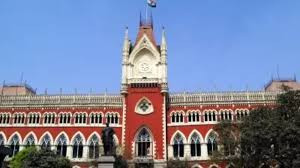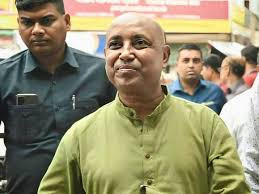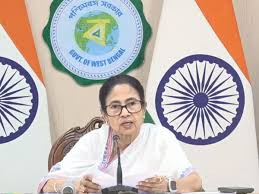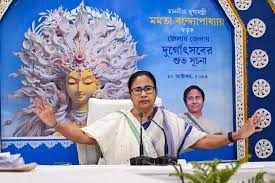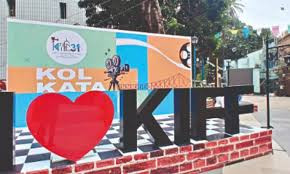Development Over Division: TMC’s Alifa Ahmed Aims for Kaliganj Bypoll Clean Sweep, Challenging BJP’s Polarisation Strategy
IIE DIGITAL DESK : In the lead-up to the June 19 Kaliganj Assembly by-election in Nadia district, Trinamool Congress (TMC) candidate Alifa Ahmed is banking on a development-driven campaign to counter the BJP’s polarisation push. As the daughter of the late MLA Nasiruddin Ahmed, who passed away in February, the 38-year-old BTech graduate carries both the legacy and weight of expectations—but insists delivering on local progress transcends religion or identity politics .
Kaliganj, where Muslims account for over 40% of the electorate, has become a battleground. BJP’s Suvendu Adhikari is spearheading efforts to consolidate Hindu votes, portraying the contest as a test of communal allegiance. Yet, ground-level indicators suggest a different mood. According to TMC supporters and neutral observers, Alifa enjoys the advantage due to her deep roots in the community, sustained by her experience as an IT project manager and zilla parishad member.
In a recent rally, Alifa struck a defiant tone. “In Bengal, elections are fought on the plank of development,” she stated firmly, dismissing attempts to frame the contest as communal. She argued that issues like flooding, infrastructure, schools, and healthcare resonated more with voters than narratives about religious identity or corruption. Acknowledging the teacher recruitment scam that has shadowed Mamata Banerjee’s government, she urged that one scandal cannot define the broader realities of governance—and pledged to win by an even larger margin than her late father’s 47,000-vote victory in 2021.
The by-election has also triggered administrative updates: over 5,500 deceased voter names were removed from Kaliganj’s electoral roll, while nearly 3,600 new names were added—prompting Election Commission scrutiny when the deletion rate surpassed two percent in a constituency of around 250,000 voters .
Across party lines, the contest unfolds as more than a single-seat battle. For TMC—already in power in the state—it signifies continuity of Mamata Banerjee’s development-focused governance. For BJP, Kaliganj represents a litmus test for their polarisation strategy ahead of the 2026 Assembly elections. Meanwhile, the Congress-Left combine, which fielded Kabil Uddin Shaikh after initial hesitation, lingers in the background, struggling to make a significant impact.
Political analysts suggest that while bypolls rarely alter legislative balances, the Kaliganj outcome will influence narratives leading into the state elections. A strong performance by TMC would reinforce its development messaging; a narrow margin or upset could validate BJP’s communal outreach. For Alifa, success would vindicate her assertion that voters remain more interested in jobs, roads, schools, and health care than in divisive politics.
Campaigning has been lively yet largely peaceful, with modest rallies and door-to-door visits rather than large-scale public gatherings. Voter concerns echo Alifa’s talking points: road repairs, drainage in flood-prone hamlets, and better school facilities top the list. Many expressed willingness to support TMC if promises translate into action.
With polling scheduled for June 19 and results declared soon after, all eyes will be on voter turnout, demographic influences, and whether offline enthusiasm matches predictions. According to TMC leaders, Alifa’s local rapport and promise of development will deliver a comprehensive win—demonstrating that in Kaliganj, governance may still trump division.
As the final phases of campaigning wrap up, the Kaliganj bypoll stands as a microcosm of West Bengal’s larger political terrain: a clash between development- and identity-based models. For TMC and BJP alike, it is much more than a seat—it is a harbinger of what may come in 2026.
You might also like!






